Nature reports
Page 33 of 40 - 399 Results
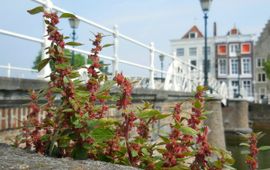
Climate change affects our health. The consequences that climate change can have on our health, for instance heat stress, allergies, diseases, air quality and UV-radiation, have hitherto never been documented this extensively: as..
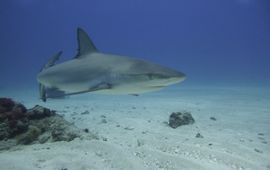
Wageningen Marine Research reported ten reef-associated shark species in the Dutch Caribbean in a recent published study commissioned by DCNA. The most common species are the nurse shark and the Caribbean reef shark. Overall, more..
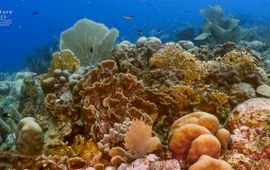
Nearly a third of all marine species can be found on or around coral reefs. This is why their rapid degradation is of great concern. To better understand corals as a whole, a group of scientists have set out to study the..
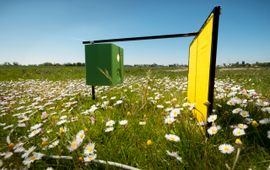
In the global effort to reduce biodiversity loss, monitoring the spread and abundance of insect species is a key element. Automated camera traps for insects are widely used to monitor insects, however counting and identifying of..
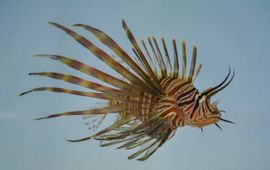
Researchers from Indiana University and CIEE Bonaire completed a series of studies to apply a new technique using environmental DNA (eDNA) which has the potential to reduce time, money and labor required to conduct lionfish..
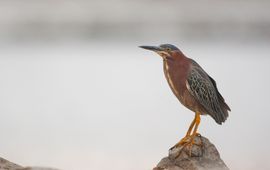
The birds of Saba were studied for two years to clarify the composition of the island’s avifauna, with the addition of observations made by reliable Saba birdwatchers. The resulting updated checklist for the birds of Saba shows..
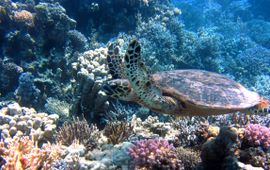
The Intergovernmental Platform on Biodiversity and Ecosystem Services (IPBES) launched a landmark Global Assessment Report providing persuasive evidence on the rapid deterioration of nature and its contributions to people across..
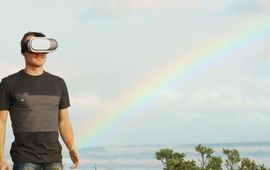
New digital and technological developments are rapidly transforming the field of nature experiences. Digital technologies are often regarded as threatening to the relationship between people and nature, as they are thought to..
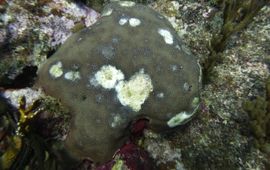
Sint Maarten is the first Dutch Caribbean island where the new coral disease ‘Stony Coral Tissue Loss disease’ has recently been discovered. Between 50 and 90 percent of Sint Maarten’s stony coral has either been infected or has..
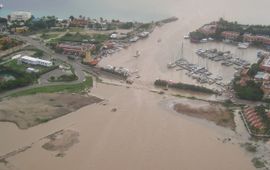
Wageningen University recently published an alarming report on the threatened natural resources on Bonaire, Saba and St. Eustatius. The Dutch Caribbean Nature Alliance (DCNA), together with local park organizations, urge the local..
